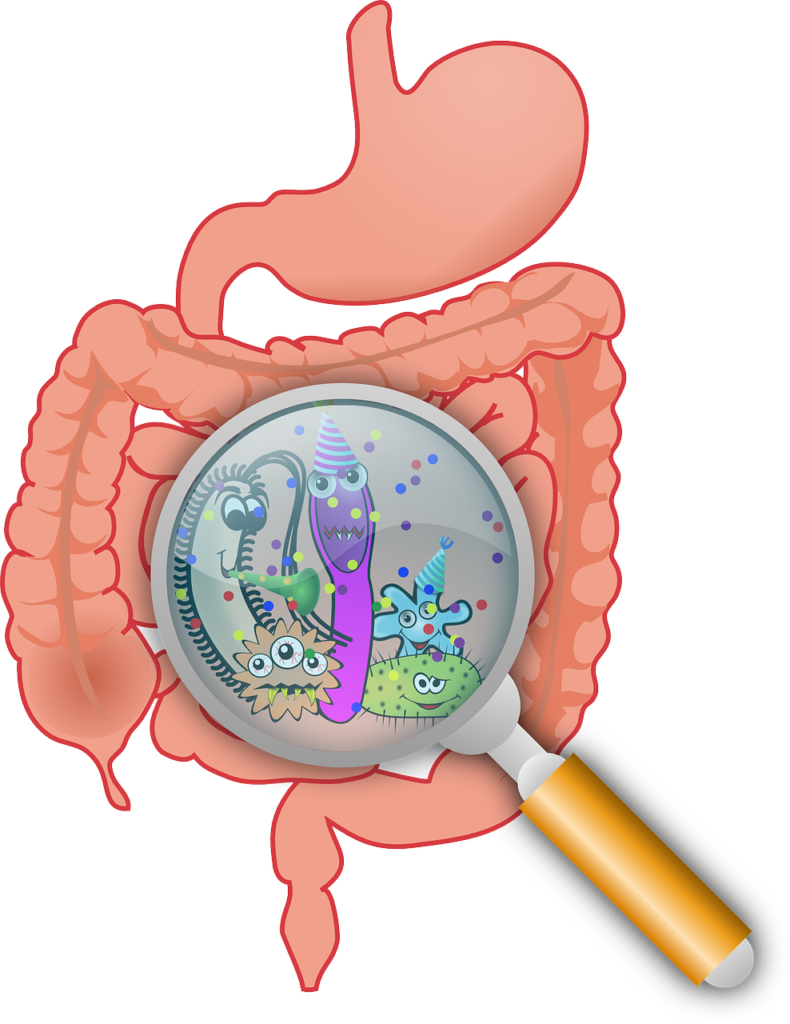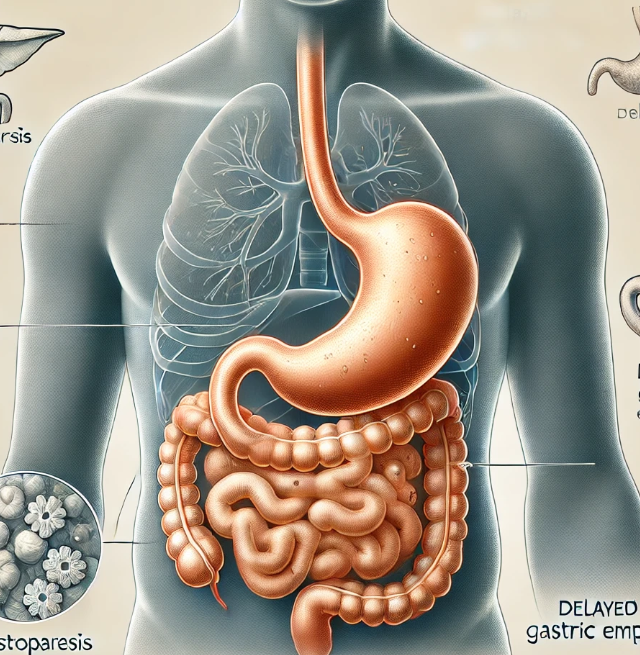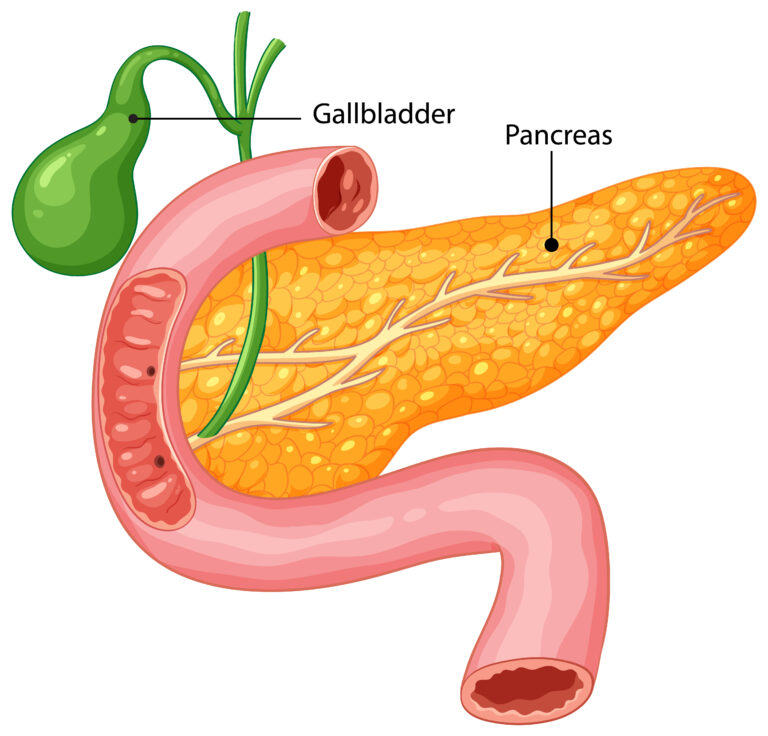
Discover the complete SIBO die off symptoms timeline and learn how to navigate healing effectively. Understand what to expect, when to expect it, and how to manage your recovery process.
Introduction:
Small Intestinal Bacterial Overgrowth (SIBO) treatment can feel like a rollercoaster – and the sibo die off symptoms? They’re the unexpected loops that catch you by surprise! Imagine your gut microbiome as a bustling city undergoing a major renovation. When antibiotics or herbal treatments start working, it’s like sending in a strategic cleanup crew that disrupts the entire bacterial ecosystem. Did you know that approximately 60% of SIBO patients experience some form of die off symptoms during treatment? Buckle up, because we’re diving deep into the timeline, symptoms, and strategies to help you navigate this challenging but crucial part of your healing journey!
Understanding SIBO Die Off: The Bacterial Battle Within
SIBO die off, also known as the Herxheimer reaction, is a complex biological response that occurs when large numbers of pathogenic bacteria are rapidly eliminated from the small intestine. This intense microbial warfare creates a cascade of inflammatory and immune responses that can trigger a range of uncomfortable symptoms.
Underlying Mechanisms of Die Off
• Bacterial cell walls contain lipopolysaccharides (LPS) that trigger inflammatory responses when they break down
• Rapid bacterial elimination releases endotoxins into the bloodstream
• Immune system activates inflammatory cytokines to neutralize bacterial remnants
• Increased oxidative stress as the body processes bacterial destruction
Body’s Inflammatory Response
When antibiotics or antimicrobial treatments attack bacterial populations, the sudden mass bacterial death releases toxins that overwhelm the body’s natural detoxification processes. This triggers:
• Systemic inflammation
• Increased production of white blood cells
• Activation of immune system defense mechanisms
• Temporary increase in inflammatory markers
Differentiating Die Off from Side Effects
Key distinctions include:
• Sibo die off symptoms are typically temporary and fluctuate in intensity
• Treatment side effects are more consistent and often directly related to medication
• Die off represents a healing response, while side effects may indicate an adverse reaction
• Die off symptoms usually improve with supportive treatments
Immune System’s Critical Role
The immune system acts as the primary manager during bacterial die off by:
• Identifying and targeting bacterial remnants
• Producing antibodies to neutralize toxins
• Coordinating inflammatory responses
• Initiating repair mechanisms for damaged tissue
• Gradually restoring microbial balance in the gut ecosystem
Understanding these intricate processes helps patients recognize that sibo die off symptoms, while challenging, are often a sign that treatment is effectively addressing the underlying bacterial overgrowth.
First 24-48 Hours: The Initial sibo Die Off symptoms
Immediate Symptoms Patients Might Experience
Sibo die off symptoms may manifest initially in various ways, such as sudden onset of digestive discomfort, increased bloating and gas, temporary worsening of existing SIBO symptoms, mild to moderate headaches, low-grade fever, increased fatigue, and potential skin reactions like rashes or itching. These physical and emotional responses are common during the SIBO die off process, highlighting the body’s reaction to the treatment. It’s important to recognize and manage these symptoms to support your body through this phase of healing. Remember, sibo die off symptoms are signs that your body is working to eliminate harmful bacteria, so embrace the process as part of your journey towards better gut health.
Physical Manifestations:
Digestive system inflammation, increased mucus production, potential temporary constipation or diarrhea, muscle aches, and joint pain are common sibo die off symptoms
Emotional/Neurological Responses:
– Heightened anxiety: A state of increased worry, nervousness, or unease that can be triggered by various factors.
– Brain fog: A feeling of mental cloudiness or confusion that can make it difficult to concentrate or think clearly.
– Mood fluctuations: Periodic changes in emotional states that can range from feeling happy to sad, irritable, or anxious.
– Potential mild depression: Symptoms such as persistent sadness, loss of interest in activities, or low energy levels that may indicate a mild form of depression.
– Increased sensitivity to stress: A heightened reaction to stressors that can lead to feeling overwhelmed, anxious, or easily irritated.
Why Symptoms Intensify During Initial Treatment
Mechanism of Symptom Escalation:
– Massive bacterial cell death releases endotoxins
– Immune system triggers inflammatory response
– Detoxification pathways become temporarily overwhelmed
– Rapid shift in gut microbiome composition
– Increased oxidative stress during initial treatment phase
– Strategies for Managing Early-Stage Die Off Symptoms
Immediate Support Techniques:
– Implement gentle detoxification protocols
– Use activated charcoal to bind toxins
– Increase electrolyte intake
– Practice stress reduction techniques
– Consider gentle herbal anti-inflammatory supplements
– Modify diet to support healing
– Importance of Hydration and Rest
Hydration Critical Points:
– Helps flush toxins from system
– Supports kidney and liver function
– Reduces inflammation
– Prevents dehydration during symptom management
Rest and Recovery Strategies:
Prioritize 7-9 hours of sleep
Practice gentle movement like walking
Avoid intense exercise
Use relaxation techniques
Listen to body’s healing signals
Patients should view these initial 24-48 hours as a crucial healing period, understanding that temporary discomfort signals the body’s active restoration process.
Days 3-7: Peak sibo Die Off Symptoms and Intensity
Most Common Symptoms During Critical Period
Digestive Symptoms:
Intense bloating and gas
Abdominal pain and cramping
Increased bowel movement irregularities
Potential temporary worsening of digestive discomfort
Neurological Reactions:
Heightened brain fog
Increased anxiety and mood fluctuations
Potential mild headaches
Cognitive processing challenges
Systemic Responses:
Low-grade fever, muscle and joint aches, fatigue and weakness, potential skin reactions, and temporary immune system activation are all common symptoms experienced during sibo die off symptoms. These symptoms may peak during the process of sibo die off symptoms known as the symptom peak mechanism.
Reasons for Intensification:
Maximum bacterial cell death occurs
Immune system processes massive toxin release
Detoxification pathways become overwhelmed
Significant microbiome composition shifts
Inflammatory response reaches critical point
Coping Mechanisms and Supportive Treatments
Immediate Support Strategies:
Implement targeted detoxification protocols
Use activated charcoal for toxin binding
Increase electrolyte and hydration intake
Practice stress reduction techniques
Consider anti-inflammatory supplements
Modify diet to support healing process
Differentiating Normal Die Off vs. Adverse Reactions
Normal sibo die off Characteristics:
Symptoms are temporary
Gradually improving condition
Manageable intensity
Responsive to supportive treatments
Warning Signs of Adverse Reactions:
Persistent high fever
Extreme pain
Prolonged digestive distress
Signs of systemic infection
No improvement after 7-10 days
Patients should maintain close communication with healthcare providers, documenting symptoms and tracking recovery progress during this critical phase.
One to Two Weeks: Navigating Symptom Fluctuations
Symptom Stabilization Process
Gradual reduction in die off intensity
Immune system recalibration begins
Digestive system starts normalization
Inflammatory responses decrease
Ongoing Challenges
Potential Persistent Issues:
– Residual digestive sensitivity might occur along with other sibo die off symptoms like :
– Intermittent fatigue
– Mild cognitive fluctuations
– Continued microbiome rebalancing
– Body’s Adaptive Response
Healing Mechanisms:
Immune system recalibration, reduced inflammatory cytokine production, microbiome diversity restoration, gut lining repair initiation, detoxification pathway optimization, and diet and lifestyle support are all crucial steps in supporting the body’s health. When addressing these aspects, it’s important to be aware of potential sibo die off symptoms that may arise.
Recommended Strategies:
1- Implement low-FODMAP diet
2- Introduce targeted probiotics
3- Maintain hydration
4- Practice stress management
5- Prioritize sleep quality
6- Gentle exercise
7- Minimize processed foods
8- Support liver detoxification
Here are some diet tips recommended from Healthline here.
Signs of Healing
Positive Indicators:
Reduced digestive discomfort
More consistent bowel movements
Increased energy levels
Improved mood stability
Reduced bloating
Enhanced nutrient absorption
Better overall gut function
Critical Note: Individual healing trajectories vary. Consistent monitoring and professional guidance remain essential during recovery.
Long-Term Management and Recovery
Complete SIBO Recovery Strategies
Core Recovery Approaches:
Comprehensive treatment protocol
Targeted antimicrobial interventions
Root cause identification
Individualized healing plan
Sustained gut ecosystem restoration
Probiotics and Microbiome Restoration
Microbiome Rebuilding Techniques:
– Strain-specific probiotic selection
– Gradual microbiome repopulation
– Targeted bacterial strain introduction
– Reduce intestinal inflammation
– Support beneficial bacteria growth
– Follow-Up Testing Importance
Critical Testing Components:
Breath hydrogen tests
Comprehensive stool analysis
Inflammatory marker tracking
Microbiome diversity assessment
Periodic treatment effectiveness evaluation
Lifestyle Modifications
Prevention Strategies:
Stress management techniques
Balanced nutrition plan
Regular sleep schedule
Mindful eating practices
Reduced antibiotic exposure
Gut-supportive dietary choices
Manage underlying health conditions
Recovery Encouragement
Healing Perspective:
Recovery is a personalized journey where patience plays a crucial role. Every small improvement matters along this path. Professional guidance is essential to navigate the challenges and ensure progress. Adopting a holistic approach yields the best results, encompassing physical, mental, and emotional well-being.
Final Message: Your body possesses incredible healing capabilities. Trust the process, stay committed, and celebrate each step of your recovery.
Learn everything about SIBO from here
Conclusion:
Your SIBO healing journey is unique, and understanding the die off symptoms timeline empowers you to navigate treatment with confidence. Remember, these symptoms are temporary signals of your body’s incredible healing process. Stay patient, listen to your body, and work closely with your healthcare provider to achieve optimal gut health!





